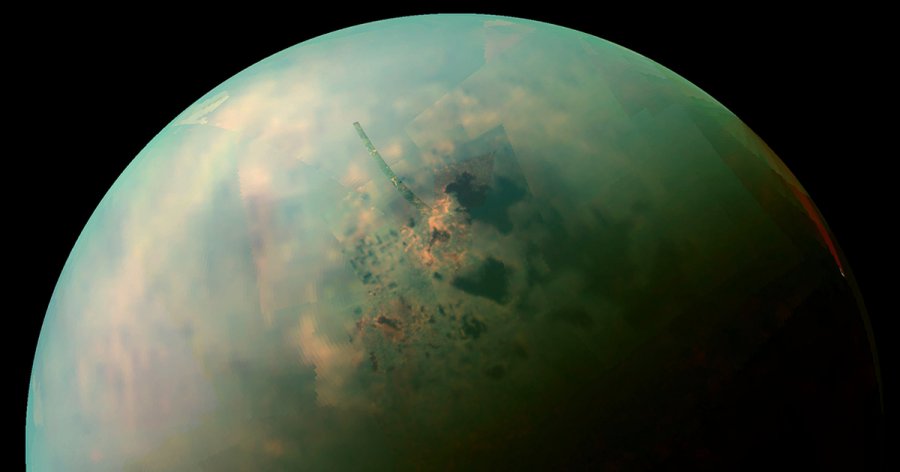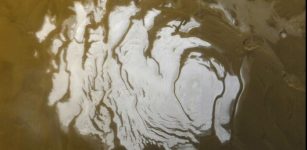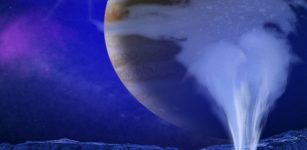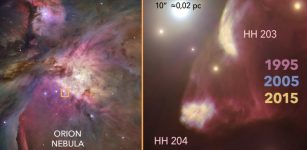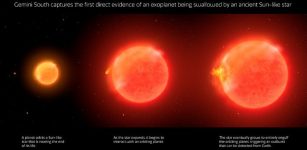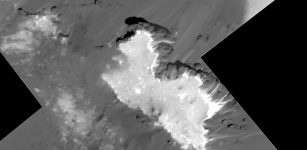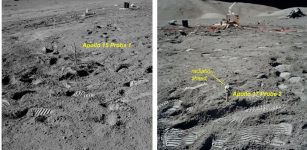New Map Of Saturn’s Moon Titan Shows Features Similar To Those We Have On Earth
MessageToEagle.com – A new global topographic map of Saturn’s moon Titan has been created by Cornell astronomers and it too one year for scientists to accomplish it.
The map shows geographical features, similar to those we have on Earth and reveals several new features on Titan, including new mountains, none higher than 700 meters.
“The main point of the work was to create a map for use by the scientific community,” said doctoral student Paul Corlies, first author on “Titan’s Topography and Shape at the End of the Cassini Mission.”
The map can be widely used for modeling Titan’s climate, studying Titan’s shape and gravity, and testing interior models, as well as for those seeking to understand morphologic land forms on Titan.
It provides a global view of the highs and lows of Titan’s topography, which enabled the scientists to confirm that two locations in the equatorial region of Titan are in fact depressions that could be either ancient, dried seas or cryovolcanic flows.
The map also revealed that Titan is a little bit flatter -more oblate – than was previously known, which suggests there is more variability in the thickness of Titan’s crust than previously thought.
Among other features of Titan are:
- Titan’s three seas that form a sea level, just as Earth’s oceans do. Either because there’s flow through the subsurface between the seas or because the channels between them allow enough liquid to pass through, the oceans on Titan are all at the same elevation.
- Titan’s lakes communicate with each other through the subsurface. The lakes exist hundreds of meters above sea level, and that within a watershed, the floors of the empty lakes are all at higher elevations than the filled lakes in their vicinity.
- A new mystery for Titan is that the vast majority of Titan’s lakes sit in sharp-edged depressions that “literally look like you took a cookie cutter and cut out holes in Titan’s surface,” Hayes said. The lakes are surrounded by high ridges, hundreds of meters high in some places.
The lakes seem to be formed the way karst is on Earth, in places like the Florida Everglades, where underlying material dissolves and the surface collapses, forming holes in the ground. The lakes on Titan, like Earth’s karst, are topographically closed, with no inflow or outflow channels.
But Earth karst does not have sharp, raised rims.
Research is published in Geophysical Review Letters.
MessageToEagle.com
Expand for referencesReferences:


